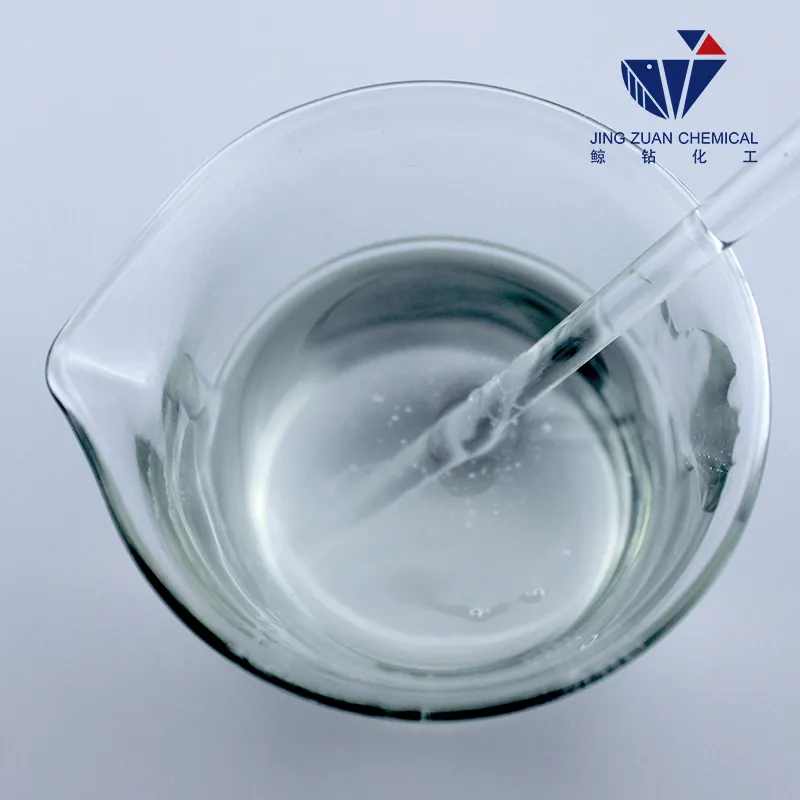
Nov . 07, 2024 17:36 Back to list
Exploring the Chemical Structure and Properties of HPMC for Diverse Applications
Understanding the Chemical Structure of HPMC An Overview
Hydroxypropyl Methylcellulose (HPMC) is a widely used biopolymer derived from cellulose, serving as an essential ingredient in various industries due to its unique properties. The versatility of HPMC can be attributed to its chemical structure, which plays a critical role in its functional characteristics. In this article, we will delve into the details of HPMC's chemical structure, its implications for various applications, and the significance of these properties in the real world.
Chemical Structure of HPMC
HPMC is a modified cellulose polymer formed by the etherification of cellulose. The cellulose backbone consists of repeating β-D-glucose units connected by β(1→4) glycosidic bonds. To produce HPMC, hydroxyl groups on the cellulose chains are substituted with hydroxypropyl and methyl groups through a controlled chemical reaction.
The molecular formula of HPMC can be represented as (C6H7O2)(C3H8O2)n, where n denotes the degree of polymerization, signifying the number of repeating glucose units in the cellulose backbone. The extent of substitution of hydroxyl groups varies, allowing for the formation of different grades of HPMC with varying physical and chemical properties. The ratio of hydroxypropyl to methyl group substitutions also affects the solubility and viscosity of HPMC, making it a highly customizable material.
Properties Influenced by Chemical Structure
1. Solubility The presence of hydroxypropyl and methyl groups in HPMC alters its solubility in water. HPMC is soluble in cold water, forming a clear gel-like solution. This property is influenced by the degree of substitution and molecular weight, allowing HPMC to be tailored for specific applications.
2. Viscosity The viscosity of HPMC solutions is another critical property, heavily dependent on the polymer's concentration and molecular weight. Higher molecular weights and concentrations result in more viscous solutions, which can be advantageous in applications such as pharmaceuticals, where thickening agents are required.
3. Thermal Stability HPMC exhibits good thermal stability, which makes it suitable for various processing conditions. The chemical structure allows HPMC to maintain its functional properties when subjected to heat, ensuring it can be used in the production of heat-sensitive formulations.
hpmc chemical structure

4. Film-Forming Ability HPMC's chemical composition endows it with excellent film-forming properties, making it an ideal candidate for coatings in pharmaceuticals and food products. This characteristic allows for controlled release of active ingredients and improved shelf life.
Applications in Various Industries
The unique properties of HPMC derived from its chemical structure have led to its extensive use in several industries, including
- Pharmaceuticals HPMC is commonly used as a binder and film-former in tablets and capsules. Its solubility and viscosity properties are critical for controlled drug release formulations. - Food Industry HPMC serves as a thickening agent, emulsifier, and stabilizer in food products. Its ability to form gels and improve texture is widely utilized in sauces, dressings, and dairy products.
- Cosmetics and Personal Care HPMC is used in creams, lotions, and gels due to its thickening and stabilizing properties. It enhances the feel and spreadability of cosmetic formulations.
- Construction In the construction industry, HPMC is employed as a thickener in cement-based mixtures and as an additive to improve the workability of mortars and plasters.
Conclusion
The chemical structure of Hydroxypropyl Methylcellulose (HPMC) underpins its diverse functional properties and broad range of applications across multiple industries. By understanding the significance of its molecular composition, researchers and manufacturers can innovate and tailor HPMC for specific needs, ensuring the continued development of advanced products. As industries continue to evolve, HPMC will likely play an increasingly vital role in meeting the demands for efficiency, sustainability, and effectiveness.
-
Versatile Hpmc Uses in Different Industries
NewsJun.19,2025
-
Redispersible Powder's Role in Enhancing Durability of Construction Products
NewsJun.19,2025
-
Hydroxyethyl Cellulose Applications Driving Green Industrial Processes
NewsJun.19,2025
-
Exploring Different Redispersible Polymer Powder
NewsJun.19,2025
-
Choosing the Right Mortar Bonding Agent
NewsJun.19,2025
-
Applications and Significance of China Hpmc in Modern Industries
NewsJun.19,2025







